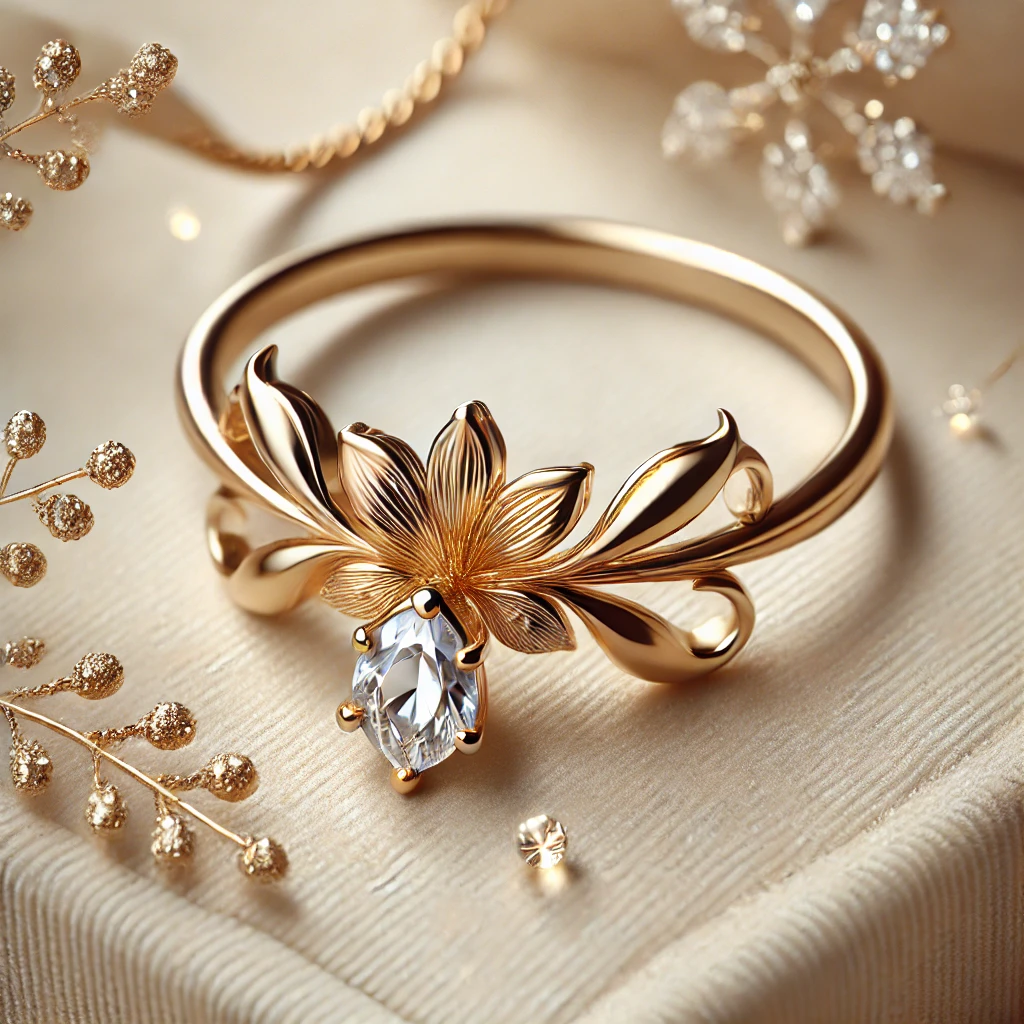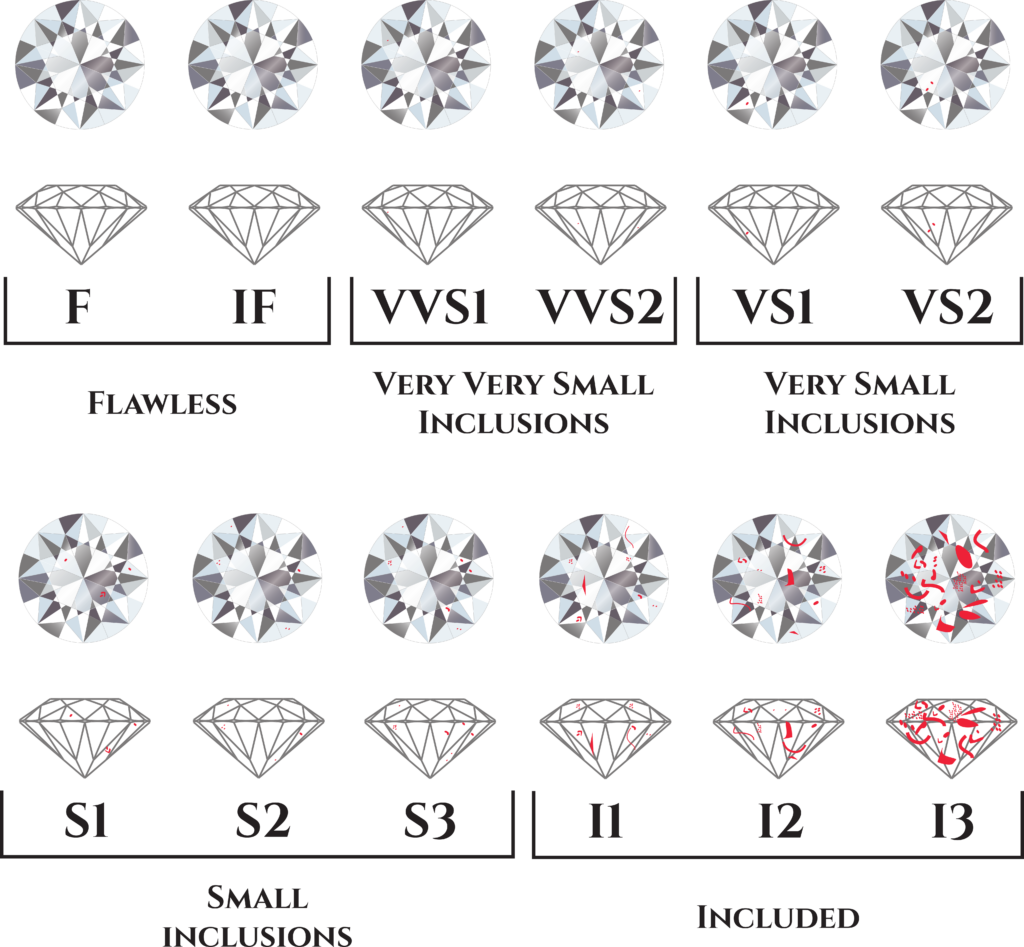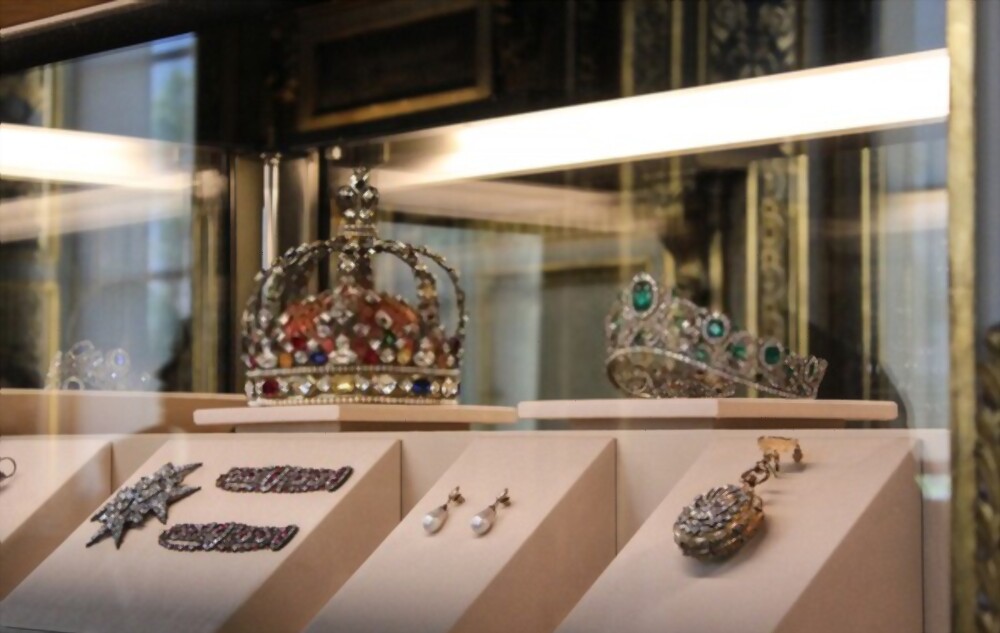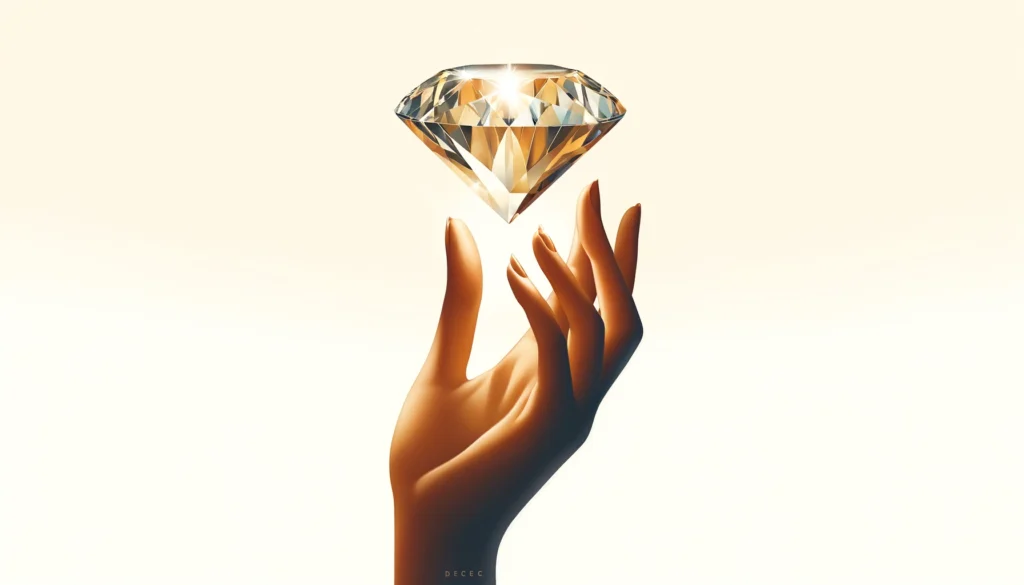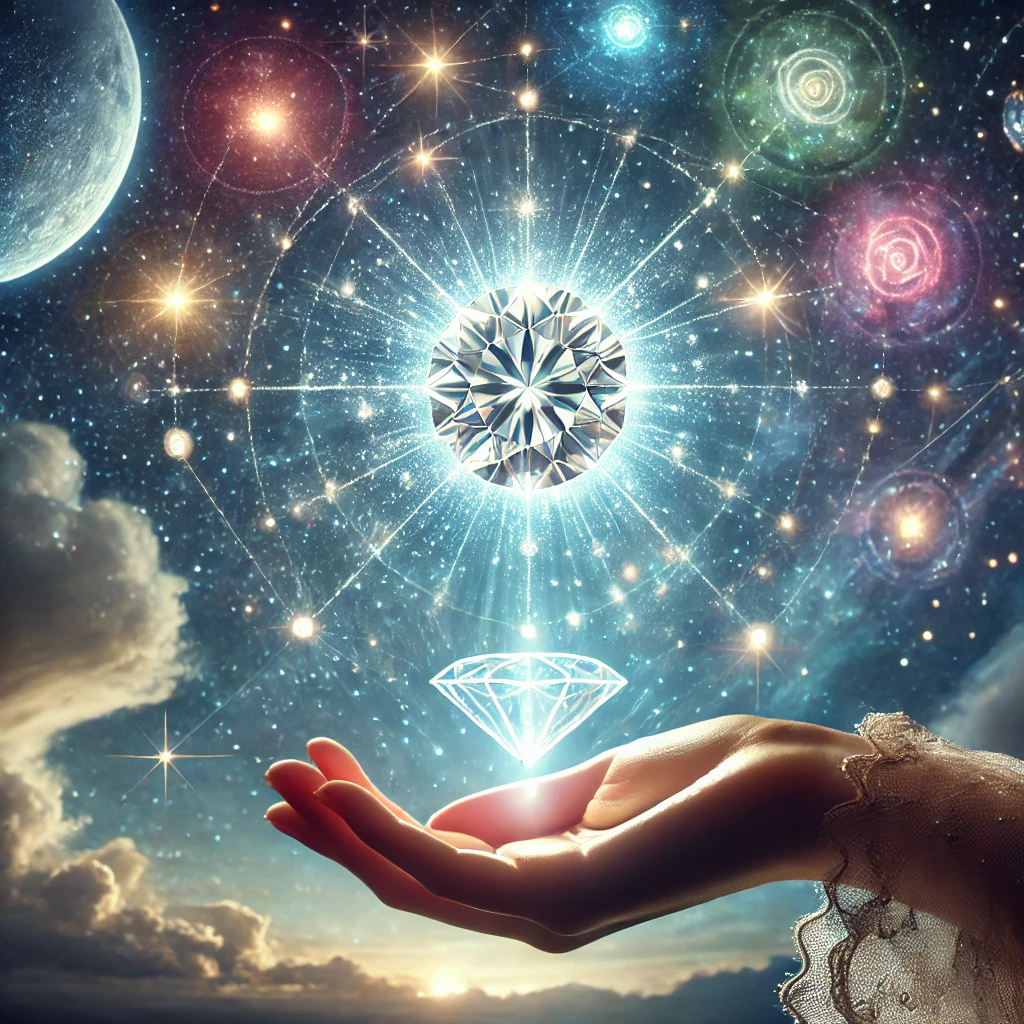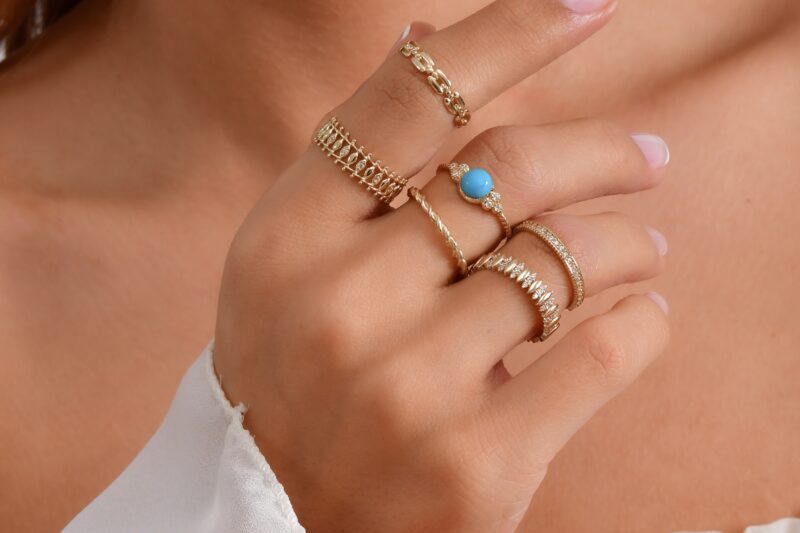
Diamonds, often referred to as the ultimate symbol of luxury, have long held a prominent place in human culture. Beyond their physical beauty, diamonds possess a symbolic language, silently communicating emotions, sentiments, and values across time and cultures. This article delves into how diamond jewellery speaks to the heart, exploring how the cut, setting, and style of diamonds can express a wide range of emotions, from love and commitment to strength and independence.
The Historical Significance of Diamonds
The story of diamonds begins in ancient times, with the first discoveries made over 3,000 years ago in India. The early reverence for diamonds was deeply spiritual, with diamonds believed to offer protection and possess magical properties. Ancient Greeks thought diamonds were the tears of gods, while the Romans believed they provided invincibility in battle. Over the centuries, diamonds have evolved from mystical objects into symbols of wealth, power, and eventually, love.
In the Middle Ages, diamonds were worn by kings and nobility as symbols of strength and dominance. Their association with power persisted until the 19th century, when diamonds became more accessible and gradually shifted to symbolise romantic love. Today, the diamond engagement ring is one of the most recognisable symbols of commitment and eternal love.
The Symbolism of Diamond Cuts
One of the most powerful ways in which diamond jewellery conveys meaning is through the cut of the stone. Each diamond cut has its own unique symbolism, allowing the wearer to express different emotions and values.
- Round Brilliant Cut: The most popular diamond cut, the round brilliant, is often associated with timelessness and tradition. Its symmetrical shape and 360-degree sparkle make it a classic choice for engagement rings, symbolising eternal love and commitment. The round cut’s versatility also lends itself to expressing simplicity and elegance.
- Princess Cut: A relatively modern invention, the princess cut diamond is often associated with youthfulness, modernity, and a playful spirit. The sharp, angular lines of this square-shaped diamond convey confidence and individuality, making it an ideal choice for those who want to make a statement.
- Heart-Shaped Cut: As the name suggests, the heart-shaped diamond symbolises love in its purest form. This romantic cut is a bold choice, often selected for expressing deep emotions of passion and devotion. Though less traditional than round or princess cuts, the heart-shaped diamond speaks directly to the heart, making it a popular choice for sentimental pieces.
- Emerald Cut: With its long, rectangular facets, the emerald cut diamond is associated with sophistication and elegance. Its understated sparkle and clean lines make it a favourite for those who appreciate subtlety and refinement. Often chosen by individuals with a strong sense of self, the emerald cut symbolises clarity, honesty, and strength.
- Oval Cut: The oval cut diamond represents creativity and uniqueness. Its elongated shape gives it a distinctive flair, allowing for both brilliance and individuality. Many who opt for the oval cut are drawn to its non-traditional beauty and the way it flatters the finger, symbolising adaptability and creativity in love.
Diamond Colours and Their Meanings
While most people associate diamonds with their classic white or colourless appearance, diamonds come in a range of hues, each carrying its own meaning and emotional resonance.
- Colourless Diamonds: The most traditional and sought-after, colourless diamonds symbolise purity, perfection, and eternity. Their clear, untainted appearance represents an unbreakable bond, making them a timeless choice for engagement rings and other romantic jewellery.
- Yellow Diamonds: Often associated with happiness and prosperity, yellow diamonds bring a warm, joyful energy. They are also linked to wisdom and intellectual clarity, making them a popular choice for those who value knowledge and creativity.
- Pink Diamonds: The soft, delicate hue of pink diamonds symbolises love, tenderness, and femininity. These rare and highly coveted diamonds are often used in jewellery meant to celebrate romance and affection, evoking feelings of warmth and closeness.
- Blue Diamonds: Blue diamonds, made famous by the iconic Hope Diamond, are often associated with peace, calm, and tranquility. Their cool, soothing tones are said to represent loyalty and trust, making them an ideal symbol of enduring love and devotion.
- Black Diamonds: Mysterious and unconventional, black diamonds are often seen as a symbol of strength, independence, and resilience. Their bold, striking appearance makes them a popular choice for those who want to make a statement and express their individuality.
The Role of Settings in Jewellery Expression
The setting of a diamond is just as important as the stone itself when it comes to communicating emotions and values. Different settings can enhance the symbolism of the diamond, adding layers of meaning to the piece.
- Solitaire Setting: The solitaire setting, featuring a single diamond, is one of the most classic and powerful settings in jewellery. Its simplicity draws attention to the diamond itself, symbolising the purity and singularity of the love or emotion it represents. The solitaire setting is often chosen for engagement rings, as it reflects the idea of one true love.
- Halo Setting: The halo setting, where smaller diamonds surround the centre stone, symbolises protection and support. This setting is often used to convey the idea of a relationship that is strong and supported by friends, family, or shared values. It also enhances the brilliance of the centre stone, symbolising a love that is both bright and enduring.
- Three-Stone Setting: The three-stone setting is rich in symbolism, with each stone representing a different stage of a relationship – past, present, and future. This setting is often used in anniversary rings, as it reflects the journey of a relationship and the enduring love that has grown over time.
- Pavé Setting: The pavé setting, where the band of the ring is encrusted with small diamonds, symbolises abundance and infinite love. The continuous row of diamonds creates a dazzling effect, representing a love that is unending and full of passion.
Diamonds as Personal Narratives
Beyond their aesthetic and symbolic qualities, diamonds often hold personal meaning for the wearer. Whether passed down as family heirlooms or chosen to commemorate a special occasion, diamond jewellery becomes a part of the wearer’s narrative. Each piece tells a story, reflecting the emotions and experiences of the individual.
For example, a diamond engagement ring may symbolise the love between two people and the unique journey they have shared. A pair of diamond earrings given as a gift may represent admiration and appreciation, while a diamond bracelet worn on a significant occasion may remind the wearer of their achievements and strength.
A Jewel’s Final Note
The language of diamonds is powerful, capable of expressing a wide range of emotions and values without the need for words. Whether through the cut, colour, or setting, diamond jewellery speaks directly to the heart, allowing the wearer to communicate love, strength, creativity, and individuality. At Tim & Co., the timeless beauty of diamonds is paired with expert craftsmanship to create pieces that are not only visually stunning but also rich in meaning.
As we continue to explore the symbolic and emotional significance of diamonds, it becomes clear that these gemstones are much more than mere adornments. They are vessels of personal expression, capable of conveying the deepest feelings and most cherished memories. Whether as a gift or a personal keepsake, diamond jewellery remains one of the most powerful ways to speak to the heart.


